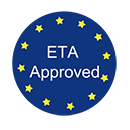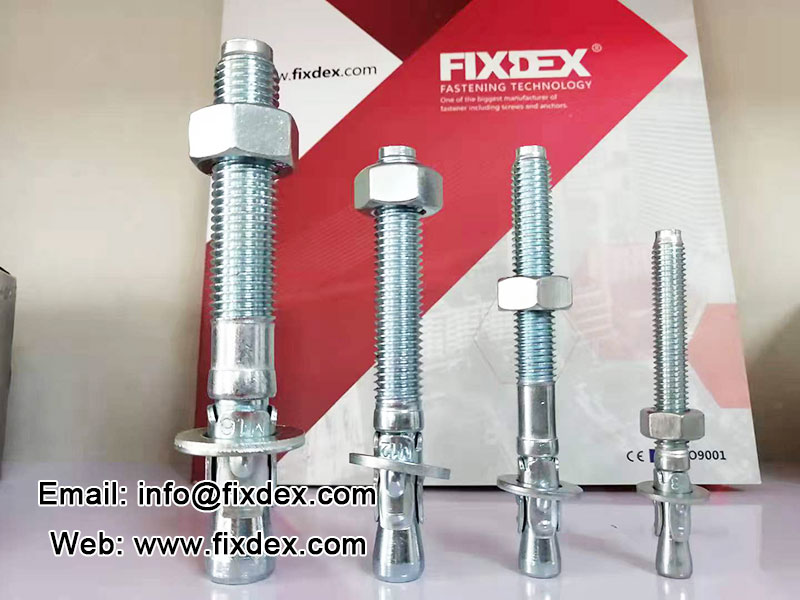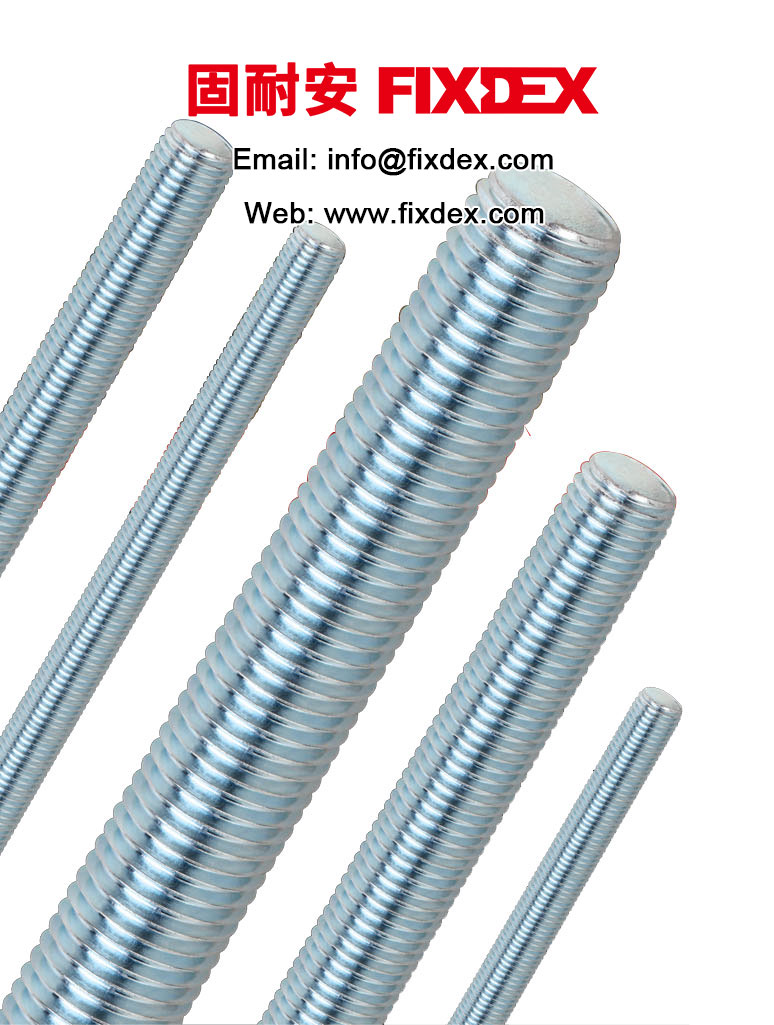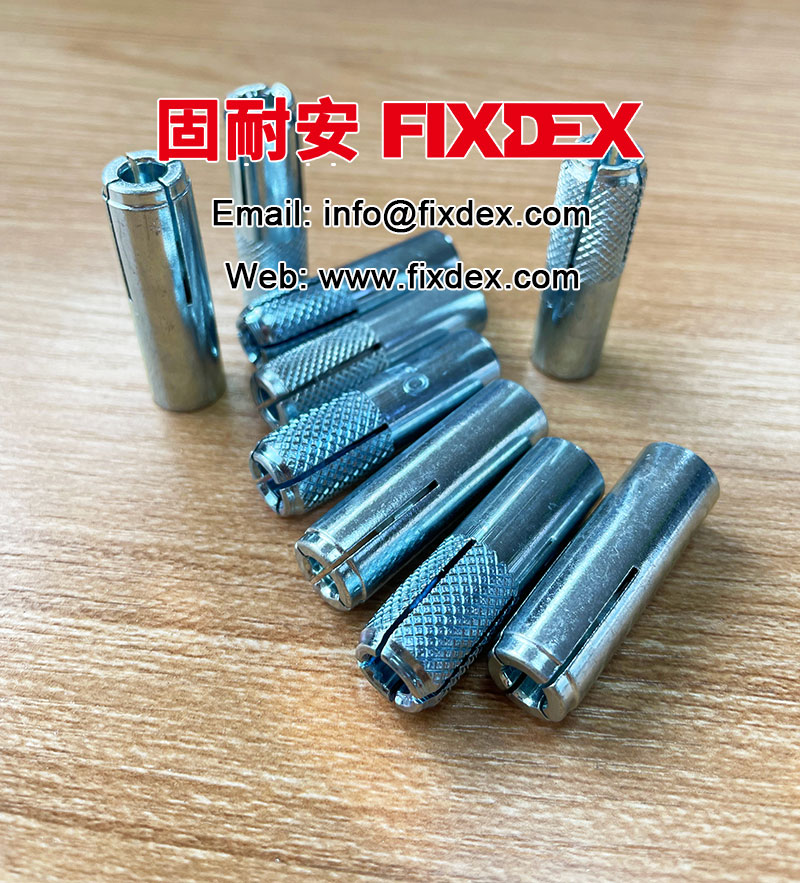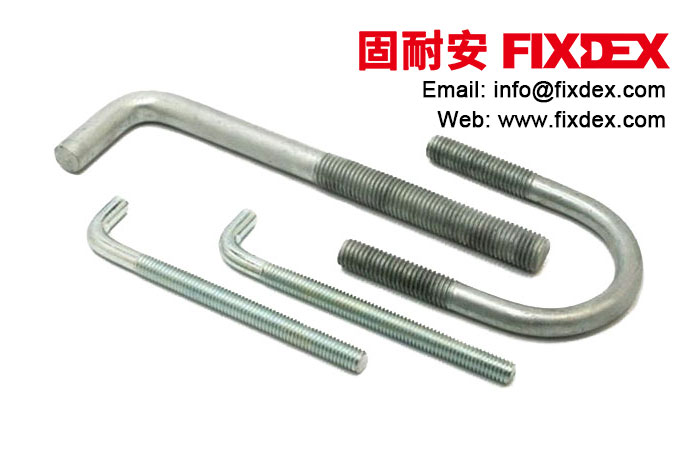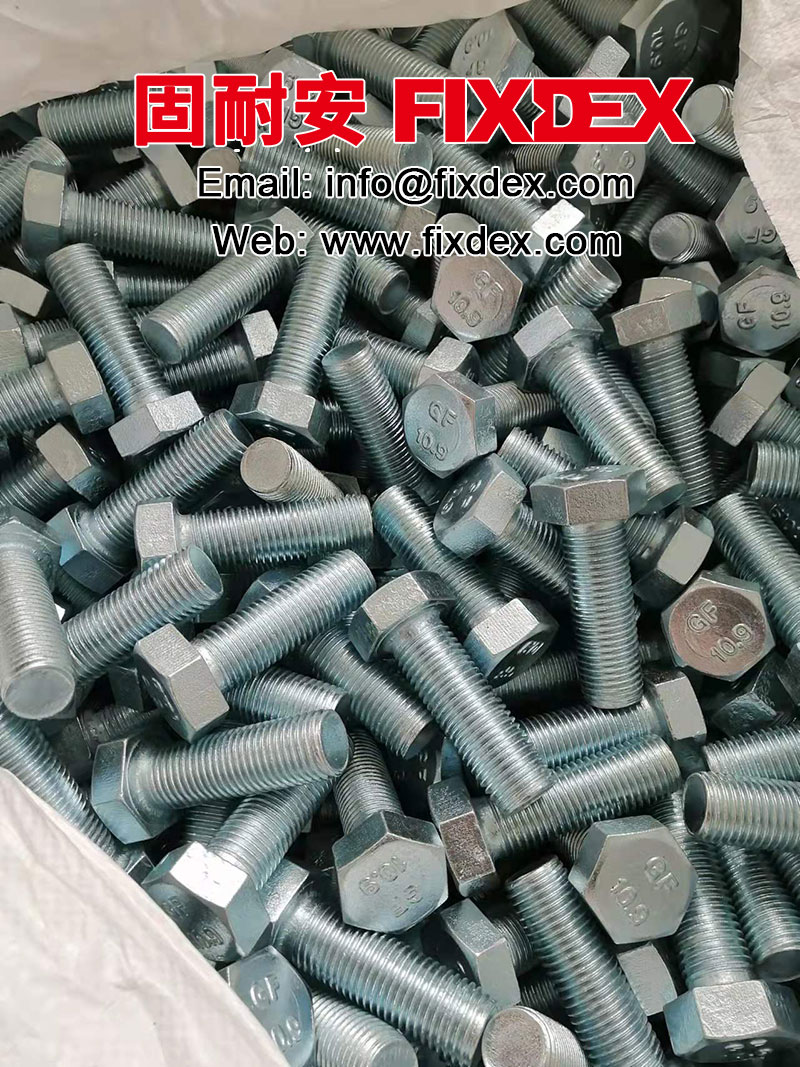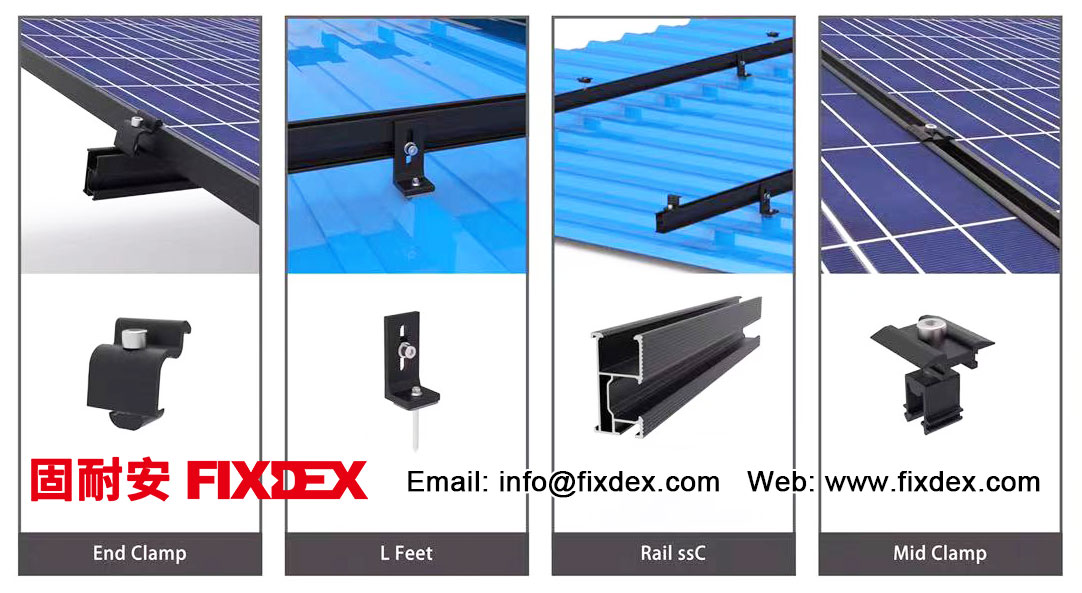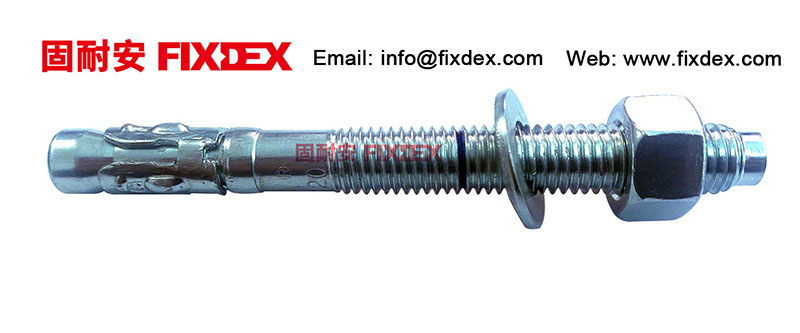IECEE-CB:
That is, the “Mutual Recognition System for Electrical Product Test Certificates”. This system is a system that uses mutual recognition (two-way acceptance) of test results among members participating in the CB system to obtain national certification or approval, thereby achieving the purpose of promoting international trade. In layman’s terms, manufacturers can obtain national certification from other member countries of the CB system by relying on a CB test certificate issued by NCB.Trubolt Wedge Anchor
ISO9000:
The IS09000 standard refers to “all international standards formulated by the International Organization for Standardization Technical Committee on Quality Management and Quality Assurance (SO/TC176)”. It can help organizations implement and effectively operate quality management systems and is a general requirement or guide for quality management systems. It is not restricted to specific industries or economic sectors and can be widely applied to organizations of all types and sizes, playing a role in promoting mutual understanding in domestic and international trade.M8 Threaded Rod
GMP:
That is, “Good Manufacturing Practices”, which requires food production enterprises (companies) to have reasonable production processes, good production equipment, advanced and scientific production procedures, perfect quality control, strict operating procedures and finished product quality management systems, and pass The correct control of its production process aims to achieve the overall improvement of food nutrition and safety. The contents stipulated by GMP are the most basic conditions that food processing enterprises must meet.drop in anchor
HACCP:
That is, “Hazard Analysis and Critical Control Points” is a hazard prevention system based on Good Manufacturing Practices (GMP) and Sanitation Standard Operating Procedures (SSOP). Its main control goal is food safety. Therefore, compared with other quality management systems, it can focus mainly on key processing points that affect product safety, rather than putting a lot of energy on each step, which is more effective in prevention.foundation bolt
EMC:
That is, “electromagnetic compatibility of electronic and electrical products”, which is not only related to the working reliability and safety of the product itself, but may also affect the normal operation of other equipment and systems, and is related to the protection of the electromagnetic environment. The European Community government stipulates that from January 1, 1996, all electrical and electronic products must pass EMC certification and be affixed with the CE mark before they can be sold in the European Community market.hex head bolts
IPPC:
That is, the “International Wood Packaging Quarantine Measures Standard” is used to identify wooden packaging that meets IPPC standards, indicating that the wooden packaging has been processed by IPPC quarantine standards. The purpose of stamping the IPPC logo on wooden packaging is to ensure global agricultural safety, take effective measures to prevent the spread and spread of pests along with plants and plant products, and promote pest control measures.photovoltaic bracket
Asian certification
CCC:
The “China Compulsory Product Certification” is a product conformity assessment system implemented by the Chinese government in accordance with laws and regulations to protect consumers’ personal safety and national security, strengthen product quality management. China uses compulsory product certification for 149 products in 22 categories. After the implementation of the China Compulsory Certification Mark, it will gradually replace the original “Great Wall” mark and “CCIB” mark.Eta Approved Through Bolt
CB:
That is, the “IEC System for Qualification Testing and Certification of Electrical Products”. All relevant electrical products, as long as the company obtains the CB certificate and test report issued by the committee, will be recognized by the 30 member countries of the IECEE-ccB system. The purpose is to reduce the risk of International trade barriers arising from different national certification or approval criteria that must be met.
PSE:
The “Japan Product Safety Mark” is a mandatory market access system for Japanese electrical appliances. The Japanese government divides electrical supplies into “specified electrical supplies” and “non-specified electrical supplies” in accordance with Japan’s Electrical Appliances Safety Law. PSE includes requirements for both EMC and safety parts. All products belonging to the “Specified Electrical Appliances” catalog entering the Japanese market must be certified by a third-party certification agency authorized by the Ministry of Economy, Trade and Industry of Japan, obtain a certification certificate, and have a diamond-shaped PSE mark on the label. CQC is the only certification agency in China that applies for Japanese PSE certification authorization. At present, the product categories of Japanese PSE product certification obtained by CQC are three major categories: wires and cables, wiring equipment, electric power application machinery and equipment, etc.
KC mark:
South Korea began to implement the new certification system KC MARK certification on January 1, 2009. The new certification method divides the applied products into two categories. All electronic products in category one (compulsory certification) must obtain KC Mark certification before they can be used in the industry. For sale in the Korean market, factory inspections and product sampling tests are required every year, and the certificate has no validity period; electronic products in Category 2 (voluntary certification) do not require factory inspection, and the certificate is valid for five years.M8 Nut
European certification
CE:
It is a safety certification mark that is regarded as a passport for manufacturers to open and enter the European market. CE stands for European unification. In the EU market, the “CE” mark is a compulsory certification mark. Whether it is a product produced by an enterprise within the EU or a product produced in other countries, if it wants to circulate freely in the EU market, it must be affixed with the “CE” mark to indicate that the product Comply with the basic requirements of the EU’s “New Approach to Technical Harmonization and Standardization” directive.U Bolt
RoHS:
A mandatory standard formulated by EU legislation, which was officially implemented on July 1, 2006. It is mainly used to standardize the material and process standards of electronic and electrical products to make them beneficial to human health and environmental protection.L Bolt
UKCA:
That is, “British Conformity Certification”. There is no difference between UKCA certification and CE certification. They are both product safety certification marks. However, CE certification represents the European Union, and UKCA is just the new mark after Brexit. Most products currently under the control of the CE mark must be affixed with the UKCA mark if they are to be exported to the British market (England, Wales and Scotland) in the future. The UKCA mark does not apply to products entering Northern Ireland. J Bolt
GS:
It is a voluntary certification based on the German Product Safety Law (GPGS) and tested in accordance with the EU unified standard EN or the German industrial standard DIN. It is a German safety certification mark recognized in the European market. Generally, GS certified products sell at a higher unit price and are more popular.Galvanized Threaded Rod
TÜV:
That is the “German Technical Supervision Association”, a safety certification mark customized by TÜV Germany for component products. When an enterprise applies for the TÜV mark, it can apply for a CB certificate together and obtain certificates from other countries through conversion. In addition, after the products are certified, the association will recommend these products to those who inquire about the products through the association. During the whole machine certification process, all components that have obtained the TÜV mark are exempted from inspection.Concrete Expansion Anchors
VDE:
As an internationally recognized safety testing and certification organization for electronic equipment and parts, VDE enjoys a high reputation in Europe and even internationally. The range of products evaluated includes household and commercial appliances, computer equipment, industrial and medical technology equipment, installation materials and electronic components, wires and cables.Trubolt
America certification
FCC:
The Federal Communications Commission of the United States coordinates domestic and international communications by controlling radio broadcasts, television, telecommunications, satellites, and cables. Covers all 50 U.S. states, Columbia, and U.S. territories. Many radio application products, communication products and digital products require FCC approval to enter the US market. For compulsory certification, electronic and electrical products exported to the United States must pass FCC certification, and the certificate is valid for a long time.Eta Approved Through Bolt
FDA:
The “U.S. Food and Drug Administration” is responsible for ensuring the safety of food, cosmetics, drugs, biological agents, medical equipment and radioactive products produced or imported into the United States. It is a compulsory certification. Products must complete FDA registration or FDA After testing, it can be exported to the United States. Different product categories have different certificate validity periods.Din975
UL:
Abbreviation for certification by Underwriters Laboratories. UL Safety Testing Institute is the most authoritative in the United States and the largest private institution engaged in safety testing and identification in the world. It is an independent, for-profit, professional organization that conducts testing for public safety; it is a non-compulsory certification, mainly testing and certification of product safety performance. Its certification scope does not include the EMC (electromagnetic compatibility) characteristics of the product. The validity period of the certificate depends on the factory inspection, which is about 1-4 times per year. The enterprise needs to accept and pay the audit fee or file maintenance fee. Black Steel Threaded Rod
CPC:
That is, the “Children’s Product Safety Certificate” is a mandatory certification. When the Amazon platform launches certain categories of products (such as children’s toys, baby products, etc.), merchants will be required to upload a CPC certificate at the same time. Related children’s products without a CPC certificate may not be sold online. . If there is continuous production and no material changes, periodic testing must be carried out at least once a year to obtain a valid certificate.
DOE:
The energy efficiency certification issued in accordance with relevant electronic and electrical regulations in the United States is mainly used to improve the use efficiency of electronic and electrical products, save energy, and reduce energy waste, thereby reducing energy consumption needs, reducing greenhouse effects, etc., and is a mandatory certification (U.S. Energy Department), products on the list must be DOE certified. Before a battery charger can be sold on the market, it needs to be registered and is valid for 1 year. After the one-year validity period, if the manufacturer or importer wants to continue selling this product, it must re-register the product.316 Threaded Rod
DOT:
In order to ensure the safety of the country and citizens, a compulsory certification system is implemented for transportation vehicles and their parts. According to the Federal Motor Vehicle Safety Standards (FMVSS), all vehicles and major component products that want to enter the U.S. market must pass the U.S. DOT certification and have corresponding logos printed on the products.Eta Approved Wedge Anchor manufacturers
CSA:
The abbreviation of Canadian Standards Association is Canada’s first non-profit organization dedicated to formulating industrial standards. Electronics, electrical appliances and other products sold in the North American market need to obtain safety certification. CSA is currently the largest safety certification agency in Canada and one of the most famous safety certification agencies in the world.Wej It Anchor
INMETRO:
Brazil’s national accreditation body, responsible for developing Brazilian national standards. Most of Brazil’s product standards are based on IEC and ISO standards. Manufacturers who need to export products to Brazil should refer to these two sets of standards when designing products. Products that meet Brazilian standards and other technical requirements must bear the mandatory INMETRO mark and the mark of an accredited third-party certification agency before they can enter the Brazilian market.threaded rods products manufacturers
Other country certifications
C/A-tick:
The certification mark issued by the Australian Communications Authority for communication equipment, the C-tick certification cycle is 1-2 weeks. The product undergoes ACAQ technical standard testing, registers the use of A/C-Tick with ACA, fills out the “Declaration of Compliance Form”, and saves it together with the product compliance record, and affixes a logo with the A/C-Tick logo on the communication product or equipment ( label), A-Tick is only applicable to communication products sold to consumers. Most electronic products need to apply for C-Tick. However, if electronic products apply for A-Tick, they do not need to apply for C-Tick. Since November 2001, Australia/New Zealand’s EMI applications have been merged; if the product is to be sold in these two countries, the following documents must be completed before marketing to prepare for random inspections by ACA or New Zealand authorities at any time. Australia’s EMC system divides products into three levels. Before selling level 2 and level 3 products, suppliers must register with ACA and apply for the use of the C-Tick mark.FIXDEX wedge anchor
SAA:
It is an Australian standards organization certified under the Standards Association of Australian, so many friends refer to Australian certification as SAA. It is a certification that electrical products entering the Australian market must comply with local safety regulations, which is a certification that the industry often faces. Due to the mutual recognition agreement between Australia and New Zealand, all products certified by Australia can smoothly enter the New Zealand market for sale, and all electrical products must undergo safety certification (SAA). There are two main types of SAA marks, one is formal recognition and the other is standard mark. Only samples are responsible for form certification, while standard marks require factory inspection for each product.
There are currently two ways to apply for SAA certification in China. One is to transfer through a CB test report. If there is no CB test report, you can also apply directly. Under normal circumstances, the application period for common products such as ITAV lamps and small household appliances to apply for Australian SAA certification is 3-4 weeks. If the product quality is not up to standard, the date may be extended. When submitting a report to Australia for review, you need to provide the SAA certificate of the product plug (mainly for products with plugs), otherwise the application will not be processed. For important components in the product, SAA certificates, such as lamps, need to provide SAA certificates for the transformers inside the lamps, otherwise the Australian review materials will not pass.
SASO:
The abbreviation of the Saudi Arabian Standards Organization develops national standards for all daily necessities and products. The standards also involve measurement systems, labels, etc.FIXDEX hex head bolts
Post time: Nov-23-2023
